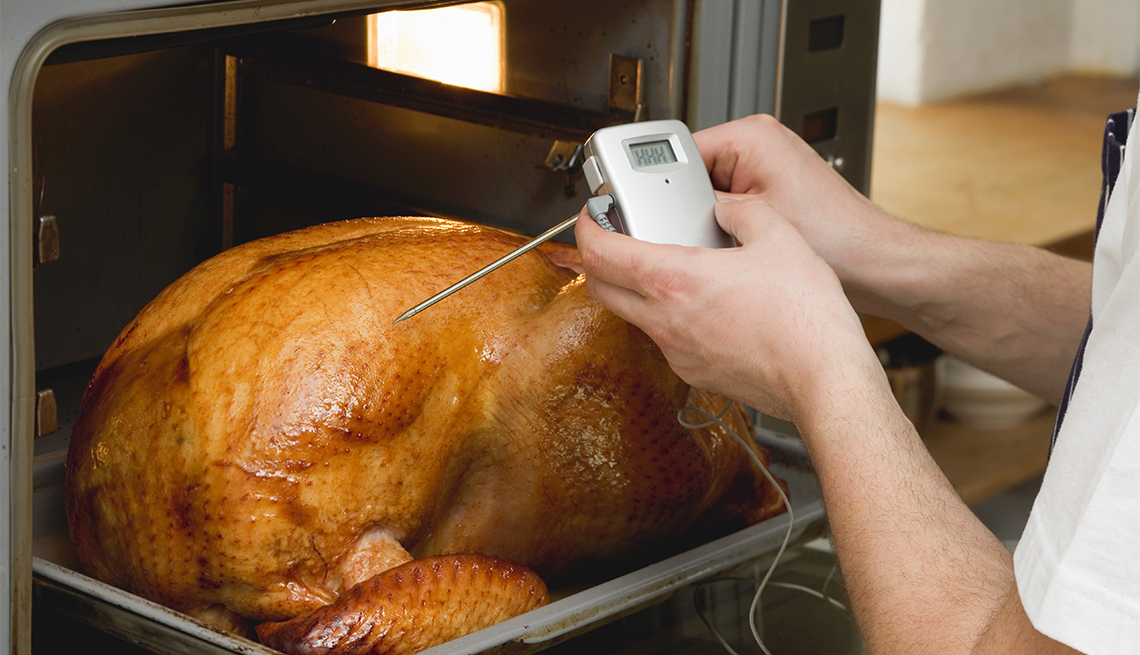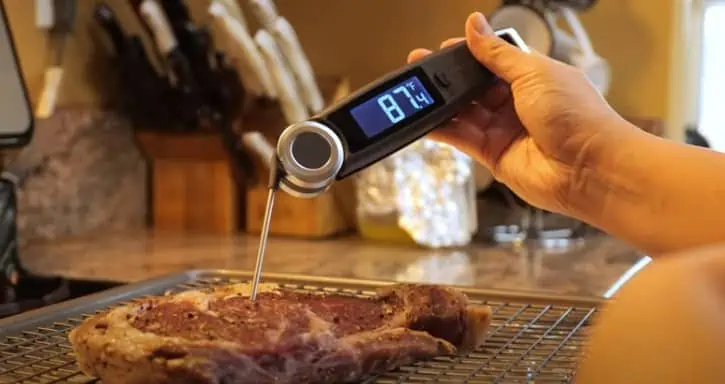How to Use a Meat Thermometer: The Exclusive, Unmissable Guide
Written By James Morgan
Every barbecue enthusiast knows that achieving the perfect cook on meat requires skill, patience, and most importantly, precision. The secret weapon to attaining that precision is learning how to use a meat thermometer effectively. This article will provide you with a detailed, in-depth guide on the proper use of meat thermometers, ensuring that your BBQ skills reach their full potential.

Why Every Barbecue Enthusiast Needs a Meat Thermometer
As a barbecue enthusiast, you understand the importance of cooking meat to its perfect doneness. Undercooked meat can pose severe health risks, while overcooked meat can ruin the texture and flavor. Thats where a meat thermometer comes in handy. Not only does it ensure safety, but it also helps achieve the desired tenderness and juiciness of your meats.
According to the FDA, internal temperatures determine safety: 145F for beef, pork, lamb, and fish, 160F for ground meats, and 165F for poultry. Knowing how to use a meat thermometer correctly means consistently nailing these temperatures.

Types of Meat Thermometers
Digital Instant-Read Thermometers
Digital instant-read thermometers are quick and easy to read, providing an accurate temperature within seconds. They are perfect for checking the temperature of various meats quickly without overcooking.
Probe Thermometers
Probe thermometers are designed for continuous monitoring. They come with a probe attached to a cable, which can be left in the meat while it cooks. The external monitor displays the temperature, allowing you to keep the grill closed and maintain the heat.
Dial (Analog) Thermometers
Dial thermometers are less expensive but require calibration for accuracy. They are slower to read and not as precise as digital thermometers, but some barbecue enthusiasts appreciate the simplicity and durability.

Step-by-Step Guide: How to Use a Meat Thermometer
1. Insert the Thermometer Properly
Insert the tip of the thermometer into the thickest part of the meat, away from the bone, fat, or gristle. This ensures that youre getting an accurate read of the meats internal temperature.
2. Monitor the Temperature
For continuous-read thermometers, ensure that the probe remains in the meat and monitor the display. For instant-read thermometers, insert the thermometer when you suspect the meat is close to done.
3. Reach the Recommended Temperature
Consult the FDAs recommended temperature guidelines for various types of meats and make sure your meat thermometer reads accordingly. For instance, ensure poultry is at 165F, ground meats at 160F, and steaks or roasts at 145F.
4. Allow the Meat to Rest
After reaching the desired temperature, allow the meat to rest. This helps redistribute the juices. Remember that the meat will continue to cook slightly as it rests, which can raise the internal temperature by 5-10F.

How to Clean and Maintain Your Thermometer
Properly cleaning and maintaining your meat thermometer is crucial for both accuracy and hygiene. Heres a quick guide:
Cleaning
Clean the probe with hot, soapy water after each use. Avoid submerging digital thermometers in water, as this can damage the internal components. For more detailed instructions on cleaning your BBQ accessories, check out this guide.
Calibration
Regular calibration is essential for dial thermometers. Use an ice water bath (32F) or boiling water (212F) to check accuracy, and adjust as needed. For tips on taking care of your equipment, you can read through this seasoning guide.
Common Mistakes to Avoid
Even seasoned grillers can fall prey to simple errors. Here are some common mistakes:
Incorrect Placement
Placing the thermometer near bone, fat, or gristle can give you a false reading. Always aim for the thickest part of the meat.
Not Allowing the Meat to Rest
Skipping the resting phase can result in dry meat. Resting allows the juices to redistribute, providing a more flavorful experience.
FAQs
What types of meat thermometers are best for grilling?
Both digital instant-read and probe thermometers are ideal. Digital thermometers offer quick readings, while probe thermometers allow continuous monitoring.
Can I leave my meat thermometer in the meat while it cooks?
Only probe thermometers are designed for continuous monitoring. Avoid leaving instant-read or dial thermometers in the meat while it cooks.
How often should I calibrate my meat thermometer?
Dial thermometers should be calibrated regularly, while digital thermometers require less frequent calibration. Reference the manufacturers instructions for specific details.
Don't forget to also check helpful external resources like KitchenAids guide for more tips on using meat thermometers effectively.
As an Amazon Associate, I earn from qualifying purchases.



